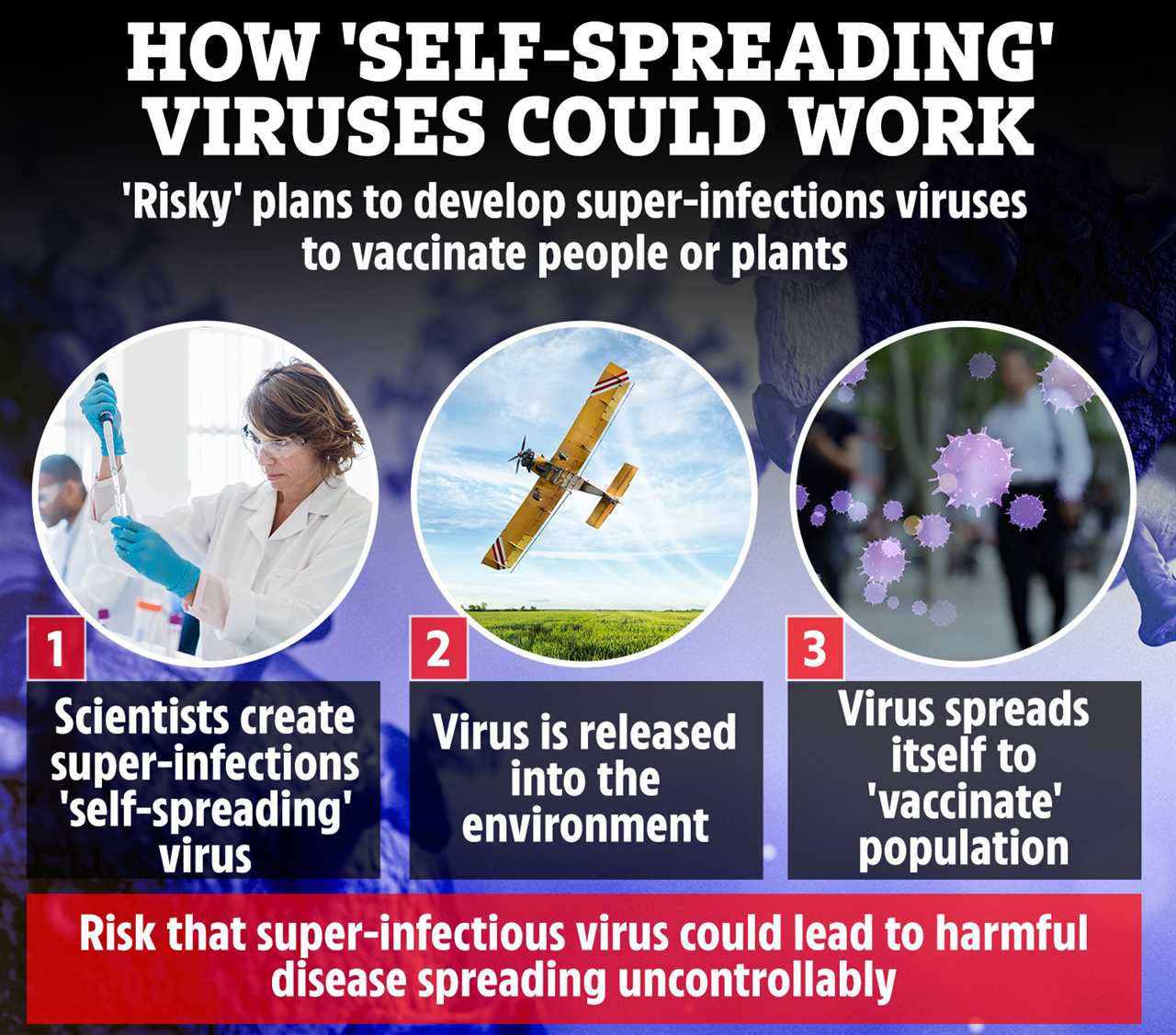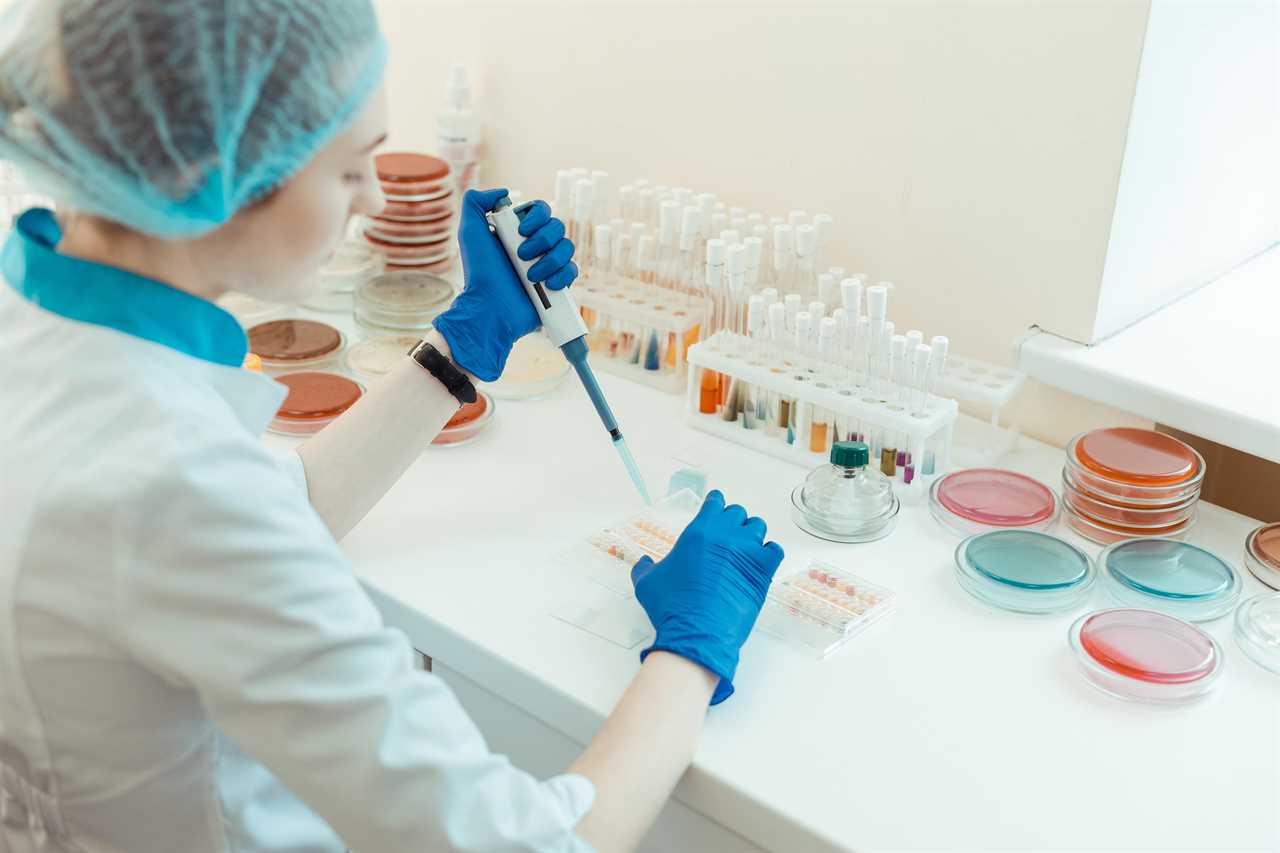SCIENTISTS are creating “super-infectious” viruses that could have “irreversible consequences” for the planet, experts have warned.
The “risky virology” sees scientists tweak viruses in labs to make them spread easily between hosts, in the hope of developing viral vaccines, according to a new paper penned by top academics at King’s College London.


These scientists create super-infections which are “self-spreading” so that they can be released into the environment or exposed to a population.
The idea is the virus can be used to protect a population quickly and will spread on its own – vaccinating humans or protecting crops.
However, experts now warn that this approach goes against the long-established view that such viruses are too unstable to be safe.
Dr Filippa Lentzos, from the Department of War Studies and the Department of Global Health & Social Medicine, has called it “risky virology”.
She said: “Developing self-spreading viruses for environmental release is another example of risky virology research, like virus hunting in bat caves or deliberately making dangerous pathogens even more dangerous in the lab, all in the name of pandemic preparedness, but where it is far from clear that the anticipated benefits outweigh the very clear risks.”
The authors of the paper are now calling for greater regulation and discussion of the risks and benefits of such viruses.
They said: “Only a concerted, global governance effort with coherent regional, national and local implementation can tackle the challenges of self-spreading viruses that have the potential to radically transform both wildlife and human communities.”
It is not the first time scientists have looked at the concept of self-spreading viruses.
In the 1980s in Australia in the 1980s a research programme was looking at using them to sterilise or kill pests.
And in the 1990s in Spain a similar approach was considered to protect native wild rabbits.
However, both were abandoned over warnings that the potential consequences were too serious.
In 2016 interest reignited in the idea, and currently the European Union, the US National Institutes of Health and the US Defense Advanced Research Projects Agency are funding proposals around using such viruses for wildlife immunisations.
It comes as the origins of the devastating Covid pandemic remain a mystery as China refuses to cooperate with a full-scale probe into the source of the deadly virus.
And evidence of a lab leak has been piling up over the last year as scientists, researchers and governments hunt for answers.
Dozens of scientists have suggested Covid could have escaped from the Wuhan Institute of Virology in China through an infected researcher, improper disposal of waste, or potential breaches in the security at the site.
The high security facility specalising in coronaviruses has been in the eye of the storm as questions rage over whether Covid could have escaped from its lab.
One bombshell book said the virus appeared to have been “tailor made for carnage” and may have escaped from the lab after a scientist was bitten by an infected monkey.
Both China and the lab have furiously denied any allegations, but top former intelligence bosses said the evidence of a lab “accident” is clear to see – and there has been a calculated cover up “from day one”.






